Pickles or Cucumbers: Exploring the Tangy Journey
Pickles begin their journey as ordinary cucumbers before undergoing a fascinating transformation.
The magical process involves soaking these green vegetables in brine or vinegar solution with spices.
Many cultures across the world have developed their own special pickling techniques over centuries.
From dill to bread-and-butter varieties, these tangy treats add zest to sandwiches and burgers everywhere.
Some people enjoy the crunch of fresh cucumbers while others prefer the zingy kick that only pickles can deliver.
The science behind pickling actually preserves the cucumber through fermentation, creating that distinctive sour taste.
Next time you bite into that crisp, tangy spear, you'll appreciate the remarkable journey from garden-fresh cucumber to delicious pickle on your plate.
Cucumbers: The Crisp Food to Explore
Cucumbers are a popular vegetable known for their crunchy, mild-flavored flesh and high water content (about 95%) which gives them a refreshing crispness but limits their freshness to 5–7 days after harvest.
Originating from India and spreading through Ancient Greece, Rome, and Europe, cucumbers come in many varieties worldwide.
They are commonly eaten fresh or in salads.
Cucumbers also offer health benefits like hydration, weight management, blood sugar regulation, and immune support thanks to their fiber, antioxidants, vitamins A and C, and minerals.
What Are Pickles?
Pickles are young cucumbers preserved in a brine of vinegar, salt, and seasonings or simply saltwater, giving them a crunchy texture with sour and salty flavors.
Pickles, often known as gherkins, have been enjoyed for more than 4,000 years.
They first became popular in India, where people used pickling as a way to preserve cucumbers and make them last longer.
Commonly made from Kirby or Persian cucumbers, pickles add zest to dishes and can be eaten as appetizers or fried for extra crunch.
They provide valuable vitamins and minerals that support heart, brain, muscle, and bone health but should be eaten in moderation due to high sodium content. Culinary-wise, pickles enhance many recipes, from salads to sandwiches and burgers.
Pickles and Cucumbers: Exploring Their Differences
Fresh cucumbers and pickled ones share many traits but also differ quite a bit. Check out this quick summary in below table.
| Feature | Cucumbers | Pickles |
| Production | Fresh, no pickling | Fermented or brined in vinegar and spices |
| Appearance | Long, bigger; dark or light green skin | Shorter, smaller; yellow-green skin |
| Texture | Crisp and crunchy | Firm and crispy, but less crunchy |
| Taste | Mild, slightly sweet, watery | Sour, salty, tangy |
| Common Types | English, Kirby, Persian, Lemon, Garden | Kirby, Boston pickling, Boothby’s blond, Rhinish, Homemade |
| Storage | 5-7 days at room temp; 2 weeks in fridge; up to 3 months frozen | 2-3 weeks at room temp; 2-3 months refrigerated; 6-12 months frozen |
| Nutrition | Higher calories; low sodium; good vitamins & fiber | Lower calories; high sodium & vitamin K; richer in iron and fiber |
| Culinary Uses | Fresh salads, salsas, soups, bites; also cosmetic use in face masks | Eaten raw or cooked, added to salads, sandwiches; brine used for marinades |
Production
Fresh cucumbers are simply harvested and consumed without any additional processing. They retain their natural moisture, crispness, and mild flavor. In contrast, pickles undergo a fermentation or pickling process where cucumbers are soaked in a brine solution made of vinegar, salt, and various seasonings. This process not only preserves the cucumbers but also imparts a distinctive sour and salty flavor. The fermentation causes chemical changes that transform the fresh cucumber into a tangy, flavorful pickle with a longer shelf life.
Appearance
Cucumbers are generally longer and larger than pickles, with smooth dark or light green skin. Their size and shape can vary greatly depending on the variety, but they typically have a fresh, vibrant appearance.
Pickles, however, are usually shorter and smaller due to the shrinkage caused by the pickling process. Their skin changes to a yellow-green hue and may look less vibrant because the vinegar and spices affect the natural color.
Texture
Fresh cucumbers are known for their distinctive crisp and crunchy texture, which is juicy and refreshing due to their high water content. This makes them ideal for raw consumption in salads, snacks, and cold dishes.
Pickles retain a firm and crispy texture as well, but it is generally less crunchy than fresh cucumbers. The pickling process firms up the flesh but also softens it slightly compared to the fresh vegetable, resulting in a satisfying, yet different, bite.
Taste
The flavor of fresh cucumbers is mild, naturally sweet, and watery, often compared to melon due to its subtle sweetness and high moisture. This makes them versatile and pleasant to eat raw.
Pickles, on the other hand, have a strong sour and salty taste that comes from the fermentation and brining process. The vinegar and spices used in pickling create a bold, tangy flavor that can enhance many dishes but contrasts sharply with the mildness of fresh cucumbers.
Common Types
There are nearly 100 cucumber varieties worldwide, but the most popular for fresh eating include English cucumbers, Kirbys, Persian cucumbers, Lemon cucumbers, and Garden cucumbers. These varieties are favored for their size, texture, and flavor when eaten raw.
For pickling, smaller and bumpier cucumber types such as Kirbys, Boston pickling, Boothby’s blond, and Rhinish pickles are preferred. These varieties hold up better during the pickling process, maintaining crunchiness and absorbing flavors effectively.
Storage
Fresh cucumbers have a relatively short shelf life,while pickles, being preserved in vinegar or brine, can last significantly longer. Their storage times are shown in this table.
| Storage Method | Fresh Cucumbers | Pickles |
| Room Temperature | 5 to 7 days | 2 to 3 weeks |
| Refrigerator | Up to 2 weeks | 2 to 3 months |
| Freezer | Up to 3 months (texture may change) | 6 to 12 months (flavor well maintained) |
Nutrition
Nutritionally, fresh cucumbers are low in calories but provide hydration, fiber, vitamins, and minerals with negligible sodium content. Pickles tend to have fewer calories than fresh cucumbers due to water loss in fermentation, but they contain much higher sodium levels because of the brine.
Pickles are also a rich source of vitamin K and iron and contain additional nutrients generated during fermentation. Both offer dietary fiber and vitamins, but their nutritional profiles vary mainly due to processing.
Check this table to explore their nutrient contents.
| Nutrient | Fresh Cucumber (100g) | Pickles (100g) |
| Calories | 15 kcal | 11 kcal |
| Fat | 0.1 g | 0.2 g |
| Carbohydrates | 3.6 g | 2.3 g |
| Sugar | 1.7 g | 1.3 g |
| Fiber | 0.5 g | 1.2 g |
| Protein | 0.7 g | 0.3 g |
| Vitamin A | 105 IU | 13 IU |
| Vitamin K | 16.4 µg | 24 µg |
| Calcium | 16 mg | 29 mg |
| Iron | 0.3 mg | 0.5 mg |
| Sodium | 2 mg | 785 mg |
Culinary Uses
Fresh cucumbers are extremely versatile in the kitchen. They are commonly eaten raw in salads, salsas, and cold soups or served as refreshing bites. Their mild flavor complements many dishes and they are also popular in juices and smoothies.
Pickles add a sharp, tangy contrast to foods and are frequently used as condiments on sandwiches, burgers, and salads. Pickle brine is also valued for marinating meats and adding acidity to recipes, highlighting their culinary importance beyond just the pickle itself.
How to Make Pickles from Fresh Cucumbers?
Pickling cucumbers at home is easier than many people think and results in delicious treats that surpass store-bought varieties. With just a few simple ingredients like vinegar, salt, water, and your favorite spices, the transformation happens within days.
Ingredients for Pickles
Pickle-making doesn't have to be complicated at all - just grab some simple ingredients and you're ready to go. Here is the list of ingredients to prepare.
Step-by-Step Instruction
Tips for Making The Best Pickles
Cucumber & Pickles Recipes to Try
From refreshing salads to tangy side dishes, cucumber and pickles can jazz up any meal. These recipes don't require fancy techniques or rare ingredients - just fresh produce and a bit of creativity.
Pineapple Cucumber Smoothie
Cucumbers work perfectly in summer smoothies, giving both your skin and health a nice boost. Mixing them with pineapple creates a smooth, creamy drink that finishes meals beautifully or makes everyone happy at small gatherings.
Those refreshing hints of sour and salty flavors deliver exactly what you want in a perfect drink.
Chicken Gyros With Tzatziki Sauce
Juicy cucumbers bring a satisfying crunch to classic sandwiches and burgers, making each bite more enjoyable. For a tasty meal that stands out, try combining cool tzatziki sauce with crisp cucumber slices and tender shredded chicken - this combo delivers amazing flavors and interesting textures that can turn any ordinary day into something special.
Watermelon Salad With Cucumbers And Feta
Summer heat demands a cool, crisp salad, and nothing beats the mix of cucumber and watermelon together. This simple combo brings a juicy crunch that feels so good when temps rise outside.
The mild cucumber pairs perfectly with sweet watermelon chunks while feta adds just enough salty tang to balance everything out. You can throw this together in minutes for a light lunch or side dish that won't weigh you down.
Dill Pickle Soup
Polish dill pickle soup might be your next favorite dish with its perfect balance of sour, salty, and sweet flavors in a thick, creamy base.
This authentic recipe can be easily enhanced by adding extra vegetables for more nutrients and health benefits. On rainy days, few things compare to gathering around the table with family while enjoying a steaming bowl of soup.
Pickled Salad
Pairing pickled cucumbers with carrots and potatoes creates a delightful crunchy salad that goes well with many meat dishes. This simple salad saves time in the kitchen while still delivering great flavor.
Homemade pickles add the perfect taste and texture to make your meal special. Anyone can put this dish together quickly when time is short.
Got Questions? We’ve Got Solutions
1. When does a cucumber become a pickle?
A cucumber becomes a pickle when it's soaked in brine (salt water) or vinegar solution, often with spices. This preservation method transforms the cucumber's flavor, texture, and color through fermentation or acidification.
2. Can I make pickles at home from regular cucumbers?
Yes! You can easily make homemade pickles using fresh cucumbers, vinegar, salt, water, and your favorite spices. For quick pickles, they'll be ready in a few hours, while fermented pickles take several days to develop their flavor.
3. Are pickles healthier than cucumbers?
Cucumbers have more vitamins and fewer calories, while pickles contain probiotics (in fermented versions) and electrolytes from salt. However, pickles are higher in sodium, so cucumber is the healthier option for those watching salt intake.
4. How long do pickles and cucumbers last?
Fresh cucumbers typically last 1-2 weeks refrigerated, while properly canned pickles can last for months or even years. Opened store-bought pickles usually stay good for several months in the refrigerator.

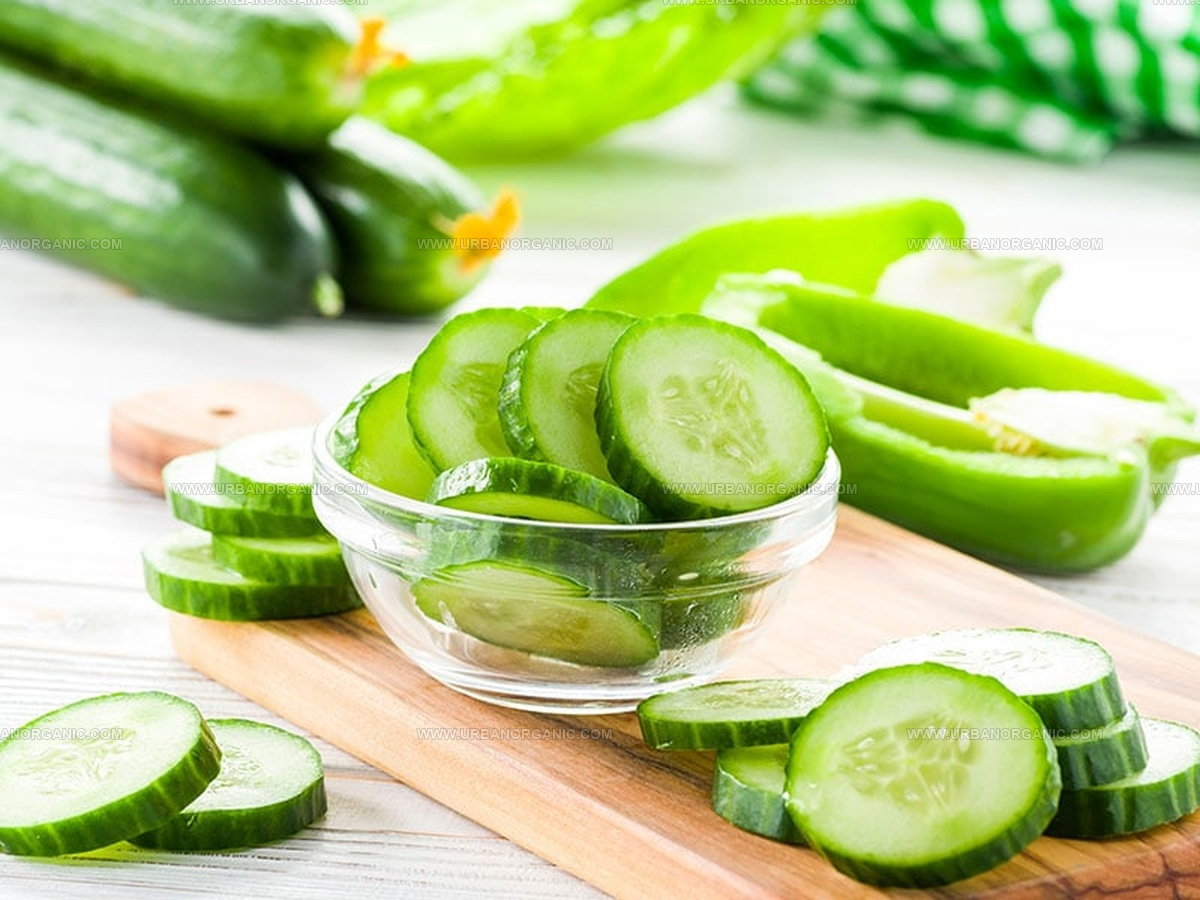
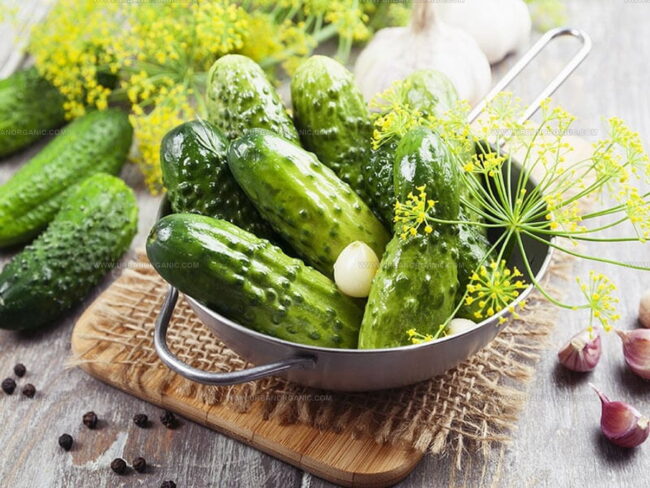
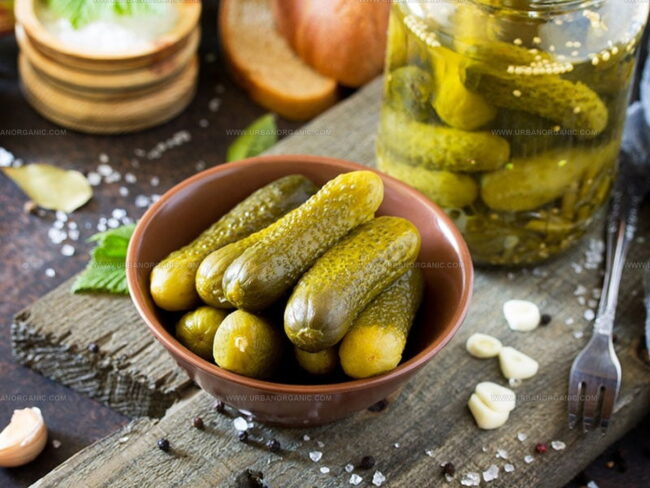
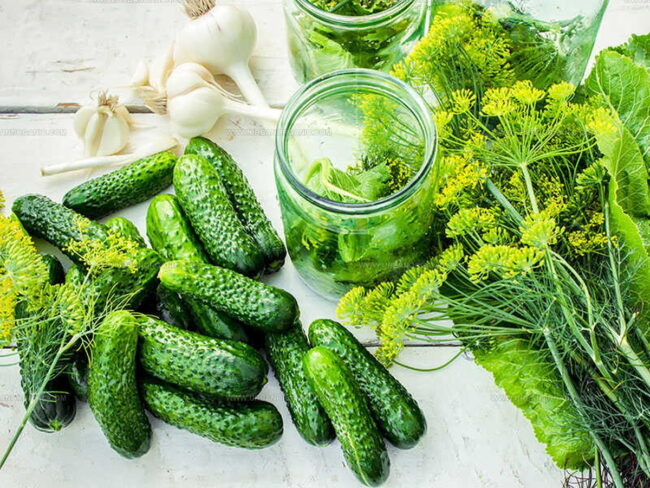
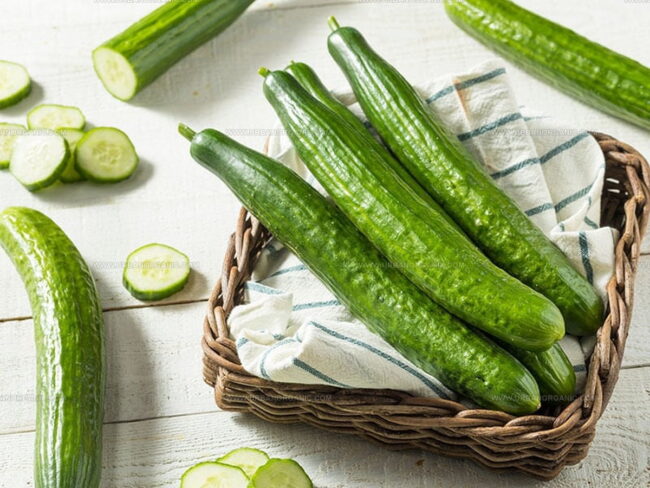
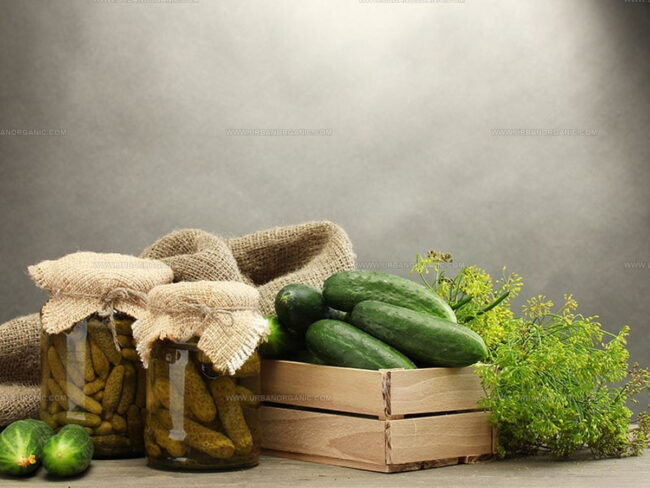
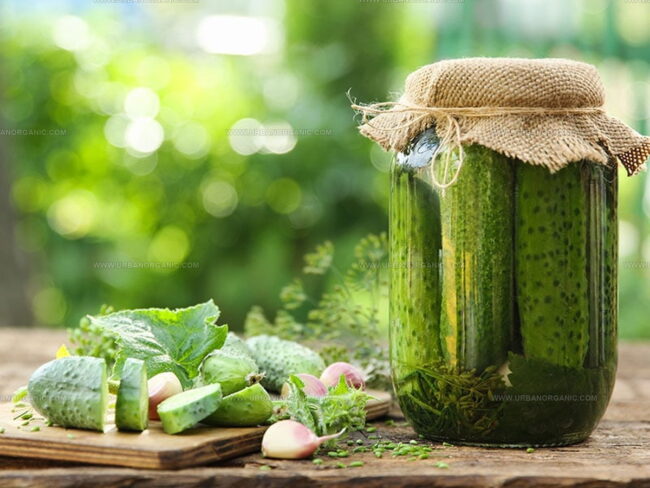
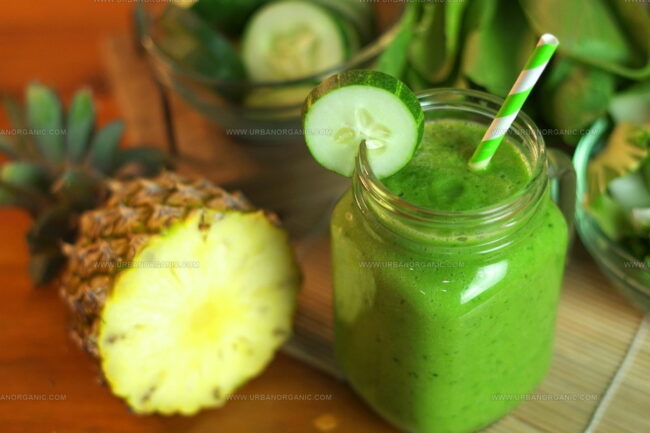
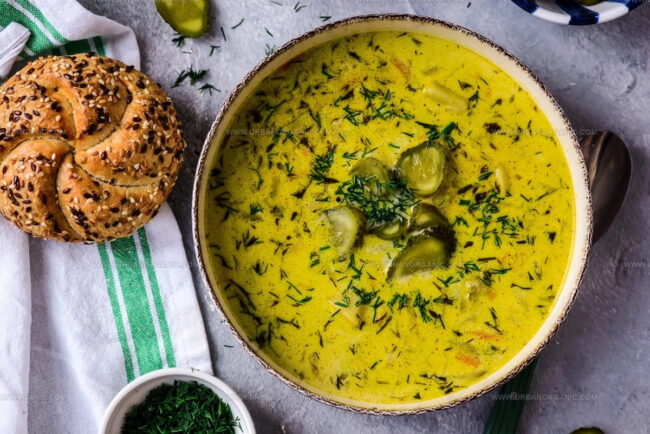
Michael Thompson
Founder & Culinary Director
Expertise
Classical & Contemporary Cooking Techniques, Global Cuisine Appreciation, Nutrition & Menu Engineering, Sustainable Cooking Practices, Farm-to-Table Cuisine
Education
Southwestern Oregon Community College
Michael grew up in Oregon, where he learned early that food tastes better when it’s fresh, local, and made with care.
After earning his degree from the Southwestern Oregon Community College, he focused his career on teaching others how to cook with the seasons, reduce food waste, and reconnect with what’s on their plate.
Michael keeps his cooking simple, sustainable, and full of flavor. His favorite part of the process? Watching people realize how easy and satisfying it can be to cook a single great meal from scratch.